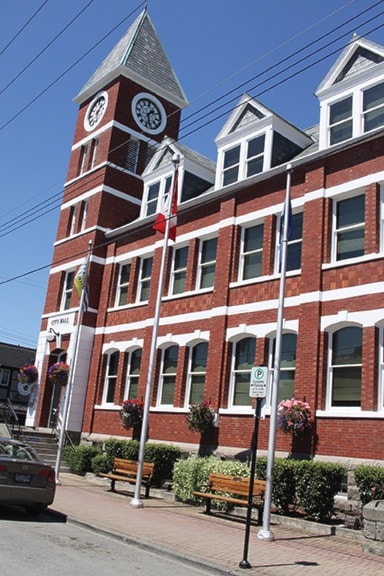It’s going to cost more to build in Duncan as the city prepares to introduce changes to its development cost charges as of June 1.
DCCs are levied on new developments to help pay the costs of upgrading or providing infrastructure, including roads and water and sewer systems, needed to support the development.
Some developers are also required to develop parkland adjacent to their building projects as part of their DCCs
As of June 1, the DCCs on the construction of an average new single-family residence in the city will be $7,814.
Currently, the DCCs on a single-family residence are $3,875 plus $185 for each parking space.
The DCCs on a new townhouse in Duncan will be $5,412 each, up from $2,375 plus $185 for each parking space.
The charges on new apartments per unit will be $3,986, up from $1,805 and $185 for each parking space.
New developments in the commercial, industrial and institutional categories will also see DCCs between $33 and $38 per square metre of floor area.
The old commercial rate was $10 plus $185 for each parking space.
The industrial and institutional categories were recently introduced in the city.
However, while some costs are going up, the additional $14,000 DCC charge per hectare for townhouse developments, apartment complexes and commercial properties will be eliminated as of June 1.
That’s because the city’s drainage charge for townhouses and apartments will be per dwelling unit, and per square metre for commercial properties, not based on the acreage of the property as in the past.
Talitha Soldera, the City of Duncan’s director of finance, said the city has raised its DCC charges just once, in 2000, since it began charging them in 1994.
She said council decided to change the charge structure after a new servicing study gave city officials a better understanding of the infrastructure costs that will be required to keep up with the upcoming expected population growth.
As well, she said construction costs have gone up and it’s now significantly expensive than it was in 1994 to undertake infrastructure improvements.
“The new DCCs are a fair and equitable way to support future developments by providing the means to finance capital projects, such as roads and sewers,” said Mayor Phil Kent.
“The city’s DCC bylaw had not been updated in many years, and now these new rates reflect the current construction costs of the infrastructure required to support new development.”
To encourage density and sustainability, the city has also adopted a DCC reduction bylaw. The bylaw states that developers of multi-family residential properties may qualify for a 50 per cent reduction if they achieve the desired density levels of the area.
As well, if the developers meet the criteria set out in the city’s sustainability checklist, they can qualify for a further 25 per cent rate reduction.
Kent said Duncan’s new DCCs are still among the lowest in the region, and developers who are able to take advantage of the reductions will pay less than in the past.
